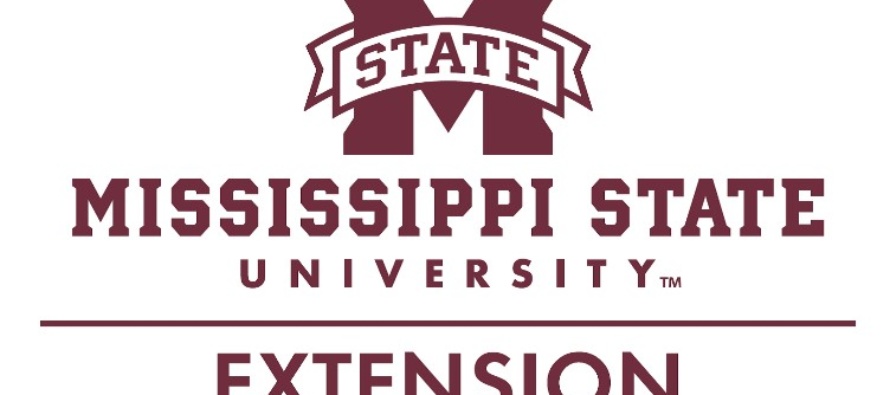Questions for Your Crop Insurance Agent

Related Articles
- Bayer CropScience-O.A. Cleveland Weekly Cotton Commentary 0
- 2010 Row Crop Short Course Video Links 0
- Exemption granted for Corn Seed Bird Repellent 0
Latest Tweets
Crop insurance decisions are an essential part of a farm’s risk management strategy. Mississippi’s final sales closing date is February 28, 2025. Below are a few questions producers should consider asking their crop insurance agents as they make their decisions.
- Should I change my unit structure?
Crop insurance premiums are subsidized at varying rates depending on the unit structure chosen by the producer. For instance, at the 75% coverage level, the subsidy rate for premiums is 55%, while for an enterprise unit, it is 77%. This higher subsidy rate makes enterprise units more affordable for producers. However, producers must understand the risks associated with each type of unit structure. An enterprise unit includes all insurable acreage for a specific crop within a county, allowing for the spreading of production risk over a larger geographical area. Because risk is distributed across a greater area, the federal government offers a higher subsidy rate for enterprise units. To qualify for an enterprise unit, a producer must combine two or more basic units, and the crop must be cultivated in at least two sections within the county. Producers should consider their options to determine how adjustments to their unit structures might affect their overall insurance costs.
- Can I qualify for trend-adjusted yields?
A producer’s actual production history (APH) for a crop is based on a 10-year average of yields and is used to determine their crop insurance guarantees. However, because APH relies on historical averages, producers might feel that it does not accurately represent their current yield potential, especially with advancements in technology. The Trend-Adjusted Yield Endorsement allows producers to increase their APH based on the historical yield trend of their county. A specific trend adjustment factor is estimated for each crop and county. The benefit of this endorsement is that producers can achieve a higher APH and enhance their insurance guarantees without changing their coverage levels. However, it’s important to note that at the same coverage level, producers will pay a slightly higher premium due to the increased value of the coverage.
- Do I qualify for APH yield exclusions?
The Actual Production History (APH) yield exclusion allows producers to exclude an actual yield from an eligible crop year when calculating their APH. An eligible crop year is defined as a year when the Risk Management Agency (RMA) determines that the county yield for a crop is 50% or less than the simple average yield over the previous ten years. Producers can choose to exclude their actual yield from their APH history during these eligible years. The yield exclusion endorsement allows producers to maintain a higher APH and, thus, establish a higher insurance guarantee. More information is available at Actual Production History Yield Exclusion | Risk Management Agency.
- What is the premium for different coverage levels?
It is important to review coverage levels each year to find the best balance between protection and cost. Coverage levels range from 50% to 85% in increments of 5%. However, premiums do not increase at a constant rate due to variations in risk and subsidy levels. For instance, if your insurance guarantee is $500 per acre, a 50% coverage level would provide a guarantee of $250 per acre. Each 5% increase in coverage would add $50 to your coverage amount. Premiums, however, can increase at different rates. For example, increasing coverage from 70% to 75% may raise your premium by $5.00 per acre, while increasing from 75% to 80% might raise it by $8.00 per acre. It is beneficial to compare the premiums and coverage options to find the right balance for your operation.
- What about separate coverage levels by practice?
You can select separate coverage levels for irrigated and non-irrigated crops in many counties. For example, you might choose 65% coverage for irrigated corn and 80% for non-irrigated corn. This option allows you to better match your coverage to the specific risks of each practice.
- What about SCO or ECO?
The Supplemental Coverage Option (SCO) and Enhanced Coverage Option (ECO) offer producers additional coverage beyond their standard crop insurance policy. Both SCO and ECO are county-based programs that trigger based on county-level performance rather than individual farm-level performance. SCO is designed to provide extra coverage from 86% down to the underlying policy coverage level. For example, if the primary crop insurance policy offers 75% revenue protection, SCO would cover county revenue in the range of 75% to 86%. ECO, on the other hand, is intended to cover county revenue at either the 95% to 86% range or the 90% to 86% range.
It’s important to note that a commodity is ineligible for SCO if the commodity base acres on a farm are enrolled in the Agriculture Risk Coverage (ARC) program. However, enrollment in ARC does not affect a producer’s ability to purchase ECO. Additionally, for 2025, the ECO subsidy rate has increased from 44% to 65%. With this higher subsidy rate and lower commodity prices, ECO premiums may be more appealing for some producers compared to previous years.




Let me tell You a sad story ! There are no comments yet, but You can be first one to comment this article.
Write a comment